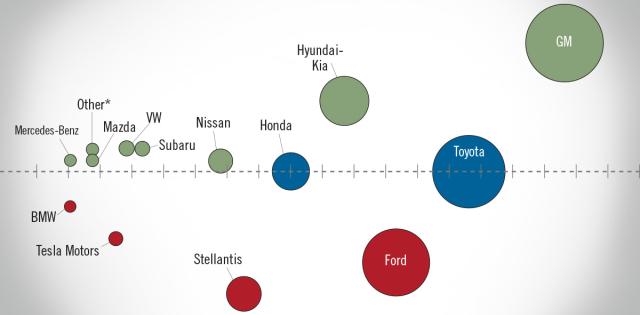In earlier posts we discussed the damage that occurs when obsolete parts slither onto your shelves, like snakes, eating your profit, chasing away your best techs, poisoning your CSI and [diminishing] your vehicle sales opportunities. So how did those obsolete parts get onto your shelves? Surely, you didn’t put them there on purpose.
Your mileage might vary, but when we look across the industry here’s what we see. Obsolete parts come from three main sources:
- About 40% were originally special-order parts that were never picked up or installed.
- About 40% were originally sold to “wholesale customers” – then returned.
- About 20% involved an oops of some kind. Someone ordered a wrong part or ordered a right part in the wrong quantity or phased in a new part number based on insufficient demand history, or similar.
The good news is that a lot of your obsolete parts are the result of process errors. That means you have the power to correct them. The bad news is that a lot of your obsolete parts are the result of process errors. That means 100% of your people must follow your processes 100% of the time. Ball’s in your court on that.
More good news. There are plenty of additional resources for dealer operators, general managers, and fixed operations managers to tap into.
Ready to learn more?
- NADA Blog. Look for these blog posts on parts obsolescence.
- NADA Online Courses
- NADA Driven Guides
- NADA Professional Series. Core focused training for new or high-potential department managers delivered at convenient locations around the USA.
- NADA Tailored Training. Courses delivered to small or mid-sized groups at client-selected locations in USA and beyond.
- Foundations of Fixed Operations (2-day course)
- Advanced Fixed Operations (2-day course)
- Parts Management (3-day course)
- NADA Academy. High intensity training covering all dealership departments delivered in six one-week sessions at NADA headquarters in Tyson, Virginia.
- For more information about NADA’s educational programs, visit nada.org/education or send an email to academy@nada.org or call 800.557.6232.











